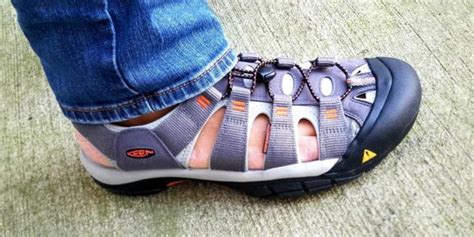Womens Shoe Size to Mens Equivalent

The age-old question of shoe size conversion between men’s and women’s sizes has puzzled many a shopper. While it’s essential to remember that shoe sizes can vary significantly between brands and styles, there is a general guideline to follow. In this article, we’ll delve into the world of shoe size conversions, exploring the differences between men’s and women’s shoe sizes, and providing a comprehensive guide to help you find your perfect fit.
To begin with, it’s crucial to understand that women’s shoe sizes are generally narrower and shorter than men’s sizes. This is because women’s feet tend to be narrower and have a more delicate shape, whereas men’s feet are often wider and longer. As a result, women’s shoe sizes are designed to accommodate these differences, with a more tapered toe box and a shorter overall length.
When converting women’s shoe sizes to men’s equivalent, you can use the following general guidelines:
- Women’s size 6 is equivalent to men’s size 4-4.5
- Women’s size 7 is equivalent to men’s size 5-5.5
- Women’s size 8 is equivalent to men’s size 6-6.5
- Women’s size 9 is equivalent to men’s size 7-7.5
- Women’s size 10 is equivalent to men’s size 8-8.5
It’s essential to note that these conversions are approximate and can vary depending on the brand, style, and type of shoe. For example, some brands may have a more generous fit, while others may run narrower. Additionally, certain styles, such as sneakers or boots, may have different sizing conversions than dress shoes or sandals.
To further complicate matters, some brands use different sizing systems, such as European or UK sizes. In these cases, the conversions may be slightly different. For example:
- Women’s US size 6 is equivalent to EU size 36-37 or UK size 3.5-4
- Women’s US size 7 is equivalent to EU size 37-38 or UK size 4-4.5
- Women’s US size 8 is equivalent to EU size 38-39 or UK size 5-5.5
To ensure the best fit, it’s always a good idea to try on shoes before purchasing them. If you’re shopping online, look for brands that offer free returns or exchanges, and be sure to check the sizing chart for each specific style.
In addition to understanding the general guidelines for shoe size conversions, it’s also helpful to know how to measure your foot to determine your perfect size. Here’s a step-by-step guide:
- Stand on a flat surface with your weight evenly distributed on both feet.
- Measure the length of your foot from the back of the heel to the tip of the longest toe.
- Measure the width of your foot at the widest point, which is usually around the ball of the foot.
- Use a Brannock device or a shoe sizing chart to determine your size based on your measurements.
By following these guidelines and taking the time to measure your foot, you can ensure a comfortable and proper fit, regardless of whether you’re shopping for men’s or women’s shoes.
What is the difference between men's and women's shoe sizes?
+Men's shoe sizes are generally wider and longer than women's sizes, with a more generous fit. Women's shoe sizes, on the other hand, are narrower and shorter, with a more tapered toe box.
How do I convert my women's shoe size to a men's equivalent?
+You can use the general guidelines provided earlier, such as women's size 6 being equivalent to men's size 4-4.5. However, keep in mind that conversions can vary depending on the brand, style, and type of shoe.
What is the best way to ensure a proper fit when shopping for shoes?
+Trying on shoes before purchasing them is always the best way to ensure a proper fit. If you're shopping online, look for brands that offer free returns or exchanges, and be sure to check the sizing chart for each specific style.
In conclusion, while there is no one-size-fits-all answer to the question of women’s shoe size to men’s equivalent, understanding the general guidelines and taking the time to measure your foot can help you find your perfect fit. Remember to consider the brand, style, and type of shoe when making conversions, and don’t be afraid to try on different sizes until you find the one that feels just right.
By following these tips and guidelines, you’ll be well on your way to navigating the sometimes confusing world of shoe sizes, and finding the perfect pair to match your unique style and preferences. Whether you’re a seasoned shoe enthusiast or just starting to build your collection, the key to finding the perfect fit is to stay informed, be patient, and always prioritize comfort and quality.



